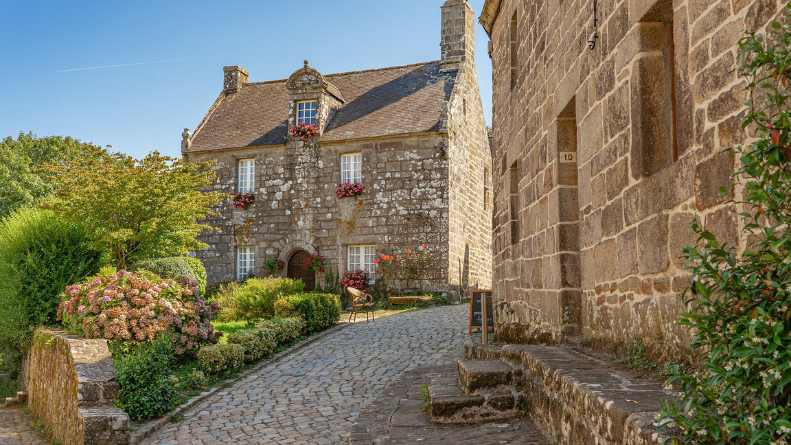Latest Dwelling Stock Estimates Data Released
The Department for Levelling Up, Housing & Communities released important housing data in March. Estimates of the number of homes in England and each local authority area are included in this release. Each year’s figures are based on data collected as of the 31st of March. Based on Census 2011 baseline, yearly changes in the stock of homes are calculated using associated housing supply: net dwelling stock statistics.
This information is important to the government and those in the property sector as it provides an indication on how well the property sector is fairing and how the government is keeping to its commitments with building new homes.
Summary of main data points
- There were 24.9 million dwellings in England as of 31 March 2021, an increase of 216,490 dwellings (0.88%) on the previous year.
- 9 million dwellings were owner-occupied dwellings, 4.9 million dwellings were private rented dwellings, and 4.1 million dwellings were social and affordable rented dwellings (Private Registered Providers plus Local Authorities).
- Between April 2020 and March 2021, the owner-occupied dwelling stock increased by 135,000 and the private rented stock increased by 64,000. The social and affordable rented stock increased by 18,000 dwellings and the other public sector stock increased by 1,000 dwellings.
- There were 653,000 vacant dwellings in England on 4 October 2021, a decrease of 12,600 (1.9%) from 665,600 on 5 October 2020. Vacant dwellings are 2.6 per cent of the dwelling stock. There were 237,300 long-term vacant dwellings in England on 4 October 2021, a decrease of 31,000 (11.6%) from 268,400 on 5 October 2020. Long-term vacant dwellings are 1.0 per cent of the dwelling stock (Vacancy figures as previously published in Council Taxbase statistics and Live Table 615).
- England had a dwelling density of 1.91 dwellings per hectare in 2021. The district with the highest dwelling density was Kensington and Chelsea (73.00 dwellings per hectare in 2021) and the district with the lowest dwelling density was Eden (0.13 dwellings per hectare in 2021).
As of 31 March 2021, there were 24.9 million homes registered in England, 15.9 million of which are owned, 4.9 million privately rented, 2.5 million rented from Private Registered Providers (Housing Associations), and 1.6 million rented from Local Authorities.

Since the English Housing Survey collects data on households rather than individual houses, these tenure statistics differ from those previously made public by the English Housing Survey. Vacant homes are also included in the housing stock data. The Dwelling Stock numbers and the English Housing Survey show consistent patterns. It is important to note that the English Housing Survey is a more reliable indication of tenure than Dwelling Stock since it uses households as its major unit of measurement.
Between April 2020 and March 2021, the number of privately owned homes climbed by 135,000. Since the 1980s, the percentage of homes occupied by their owners has continuously risen, reaching a record of 69.5 percent in 2002. Since then, homeownership has declined to 62.4% in 2015 and 2016, and has increased slightly since, reaching 63.8% in 2020 and remaining at this level in 2021. According to the English Housing Survey, owner-occupancy rates did not rise between 2019-20 and 2020-21, although they are still higher than in 2015-16, when they were lower.
Between April 2020 and March 2021, there was a 64,000 increase in the number of private leased sector residences. In 2021, private rental housing will account for 19.6% of total stock, up from 19.5% in 2020.
As of March 20, 2021, there were an additional 18,000 social and affordable leased houses (the total rented from Private Registered Providers as well as Local Government) available.
The rise in Private Registered Provider dwellings was partially offset by a decrease in Local Authority dwellings, which contributed to the overall increase. There was a 0.1 percentage point decline in the share of social and affordable rental housing in 2021, compared to 2020.
Between April 2020 and March 2021, the total number of public housing units grew by 1,000. In 2021, 0.1 percent of the total housing stock are occupied by other public sector residences.
ARE YOU READY TO START INVESTING?
Subscribe to our mailing list now for exclusive deals, investment guides and the latest information from the property market.







